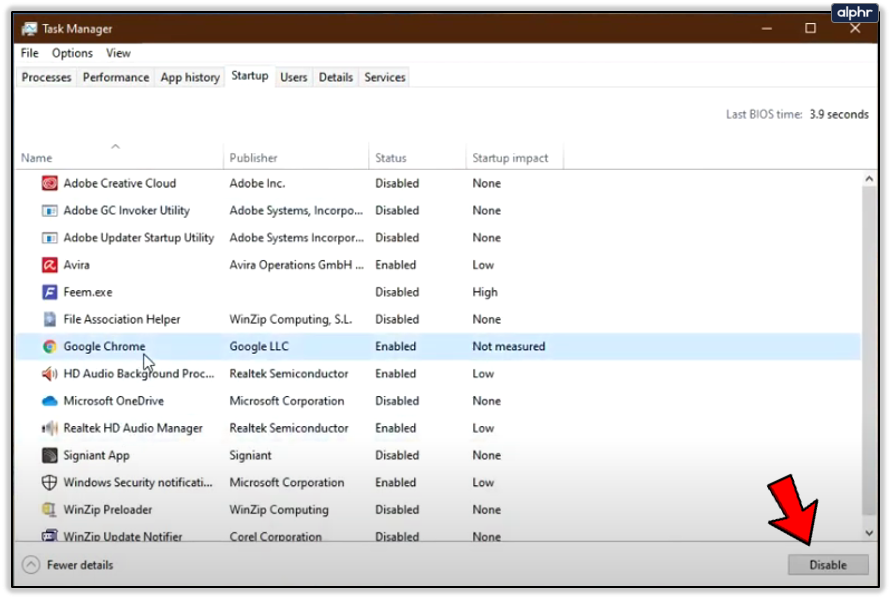
First of all, set up Linux on your Chromebook. I am pretty sure this will work even on the Stable channel.ġ. On the OS side, I am running Chrome OS Beta (.49). I have allotted 30GB to Linux disk space and my Chromebook does not support KVM. It comes with 8 GB of RAM and 64 GB of storage. I am using HP Chromebook x360 Core i5 8th Gen. And the installation process will take a much longer time.īefore we move forward, I want to clarify my specs so that you get a good idea about running a Windows 10 virtual machine on a Chromebook. It’s not that non-KVM Chromebooks can’t run Windows 10, but it won’t be usable for even day to day task.

So the bottom line is that if you have KVM support, go with Windows 10 and if your Chromebook does not support KVM then pick Windows 7. In that case, I would recommend you to use Windows 7 as it’s bloat-free and much faster than Windows 10. You can, of course, run Windows but the performance won’t be that good. If you don’t have KVM support then there is nothing to worry about. I have mentioned the steps in the next section to find KVM support on Chromebooks. It allows your Chromebook to take full advantage of hardware acceleration using the built-in virtualization technology.

To smoothly run Windows on a Chromebook, your Chromebook should have KVM support (Kernel-based Virtual Machine). Should You Install Windows 10 or Windows 7 on a Chromebook?īefore moving to the steps, you must know which Windows version would be a better pick for your Chromebook. (Settings -> Linux (Beta) on the left menu -> Turn on). So go ahead and check if you have Linux support. School Chromebooks tend to not have Linux support, but recently Google brought support for Linux containers on a few Chromebooks.
Set startup windows on chrome for mac for free#
You can download a fresh copy of Windows 10 for free from here.ģ.


 0 kommentar(er)
0 kommentar(er)
